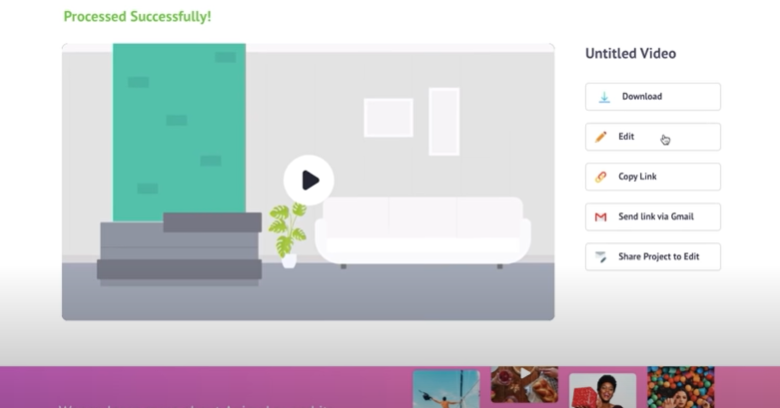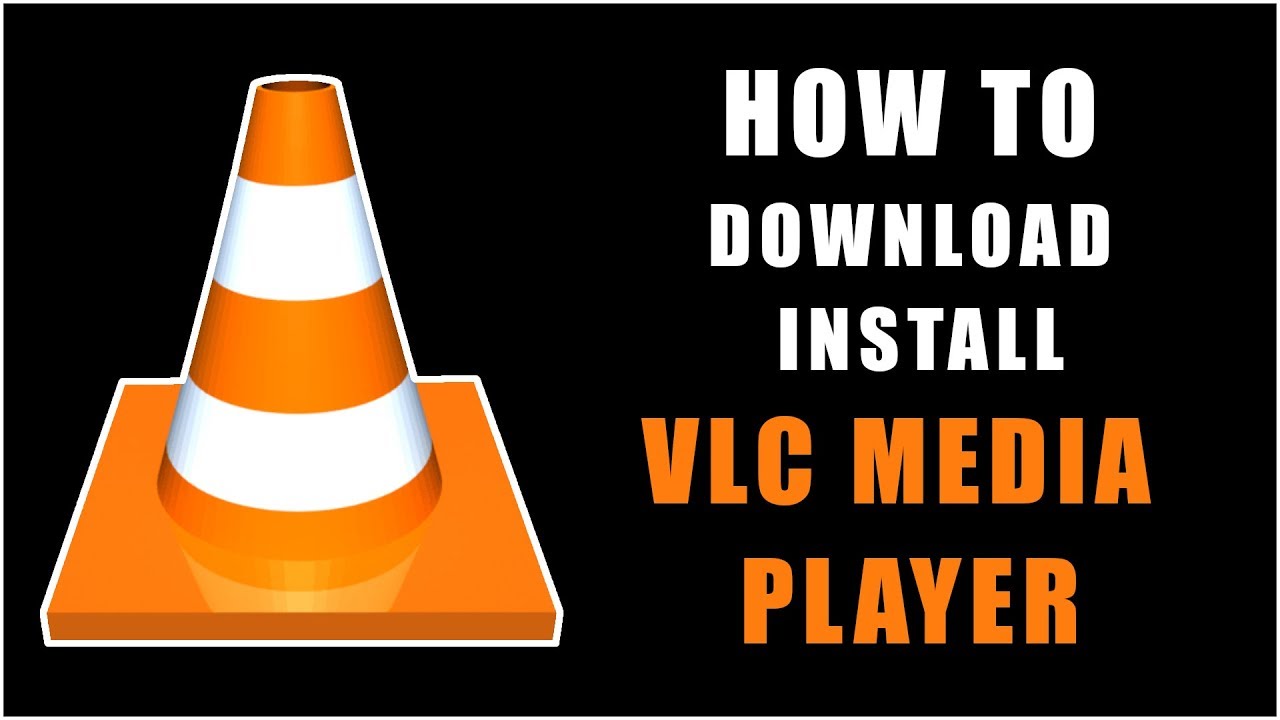Mastering the Basics: A Beginner’s Guide to Video Animation

In the ever-evolving realm of digital creation, the skill of video animation stands as a highly sought-after and versatile art form. With applications spanning advertising, film, and video content creation, animation serves as a transformative tool, pushing the boundaries of what is physically possible and unlocking the creative potential of storytelling. Through the dynamic interplay of visuals, motion, and narrative, animators bring ideas to life in ways that captivate and engage audiences. The demand for video animation is fueled by its ability to convey complex concepts, evoke emotions, and deliver messages with a level of creativity and impact that traditional mediums often struggle to achieve. In a world driven by visual content, mastering the art of animation opens doors to a multitude of industries, allowing creators to shape immersive and compelling experiences that resonate with diverse audiences.
If you’re new to this field, this guide will walk you through everything you need to know about the basics of video animation.
Understanding the Fundamentals of Video Animation
It all starts with a solid understanding of what video animation is and how it works. Video animation is the process of creating the illusion of motion or change by displaying a collection of images in a rapid sequence. These images can be hand-drawn pictures, computer-generated graphics, or images of physical objects.
History of Video Animation
The enchanting world of animation started with simple drawings around the 1600s. The phenomenon that makes animation possible is the persistence of vision. This concept led to the invention of animation devices like the Thaumatrope, Zoetrope, and the Flip Book.
Types of Video Animation
From Classical and stop-motion animation to 3D and Motion Graphics, video animation comes in various forms, each offering unique aesthetics and requiring different skill sets.
Tools and Techniques of Video Animation
Mastering the craft of video animation requires practice, patience, and the right toolkit. It’s both an art and a technical skill, requiring a careful balance of creativity and precision.
Software for Video Animation
For animators, getting to grips with animation software like Adobe After Effects, Blender or Maya, is the first move towards creating mesmerizing animations. Many beginners choose to start with Video Animation Services that offer intuitive tools and resources to help get started.
Basics of Animation Technique
The basics of animation technique are grounded in a set of widely recognized principles that, when applied skilfully, elevate animations to be more lifelike and engaging. Central to this craft are principles such as timing, where the careful manipulation of the speed and rhythm of movements creates a sense of realism. Anticipation involves subtly preparing the audience for an impending action, enhancing the overall impact. Staging emphasizes the deliberate arrangement of elements within a scene to convey information effectively, directing the viewer’s focus. Follow-through ensures that motions have a natural continuation, adding authenticity to the animation. These principles collectively contribute to the creation of animations that transcend mere movement, capturing a sense of life and emotion. Whether applied in advertising, film, or other visual storytelling mediums, a mastery of these fundamental animation principles serves as the cornerstone for producing compelling and visually resonant content.
Starting Your Animation Journey
Even if you have software and knowledge of the principles, it can still be challenging to start an animation from scratch. Creating a storyboard, practicing sketching, and experimenting with different styles and techniques are essential steps in becoming a proficient animator.
Turning Your Hobby into a Career
Transforming your hobby into a career requires hard work, dedication, and continuous learning. Various career paths are available to those who master video animation.
Building a Portfolio
Develop a collection of your work to showcase your abilities and styles. Your portfolio can help you stand out in a competitive market and show potential employers what you can do.
Continuous Learning
This dynamic field never stops evolving, so neither should your learning. Regularly updating your skills, practicing new techniques, or learning about 3d character animation services can significantly improve your adaptability and relevance in the industry.
Conclusion
Embarking on this adventure into the world of video animation can seem daunting, but don’t let that deter you. Even though there’s a lot to learn, mastering the basics is doable if you’re dedicated and patient. Remember that every expert was once a beginner who didn’t give up. Happy animating!




